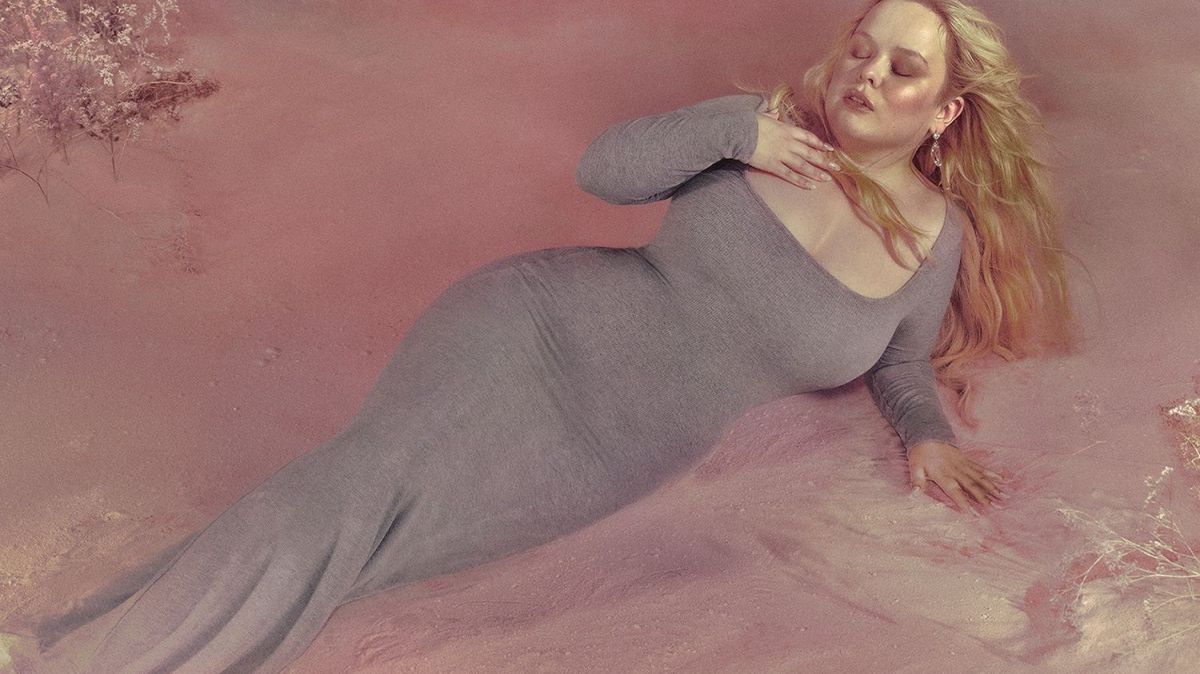Retail giant Penney’s has revealed that Irish consumers account for 60% of the retailers global fake tan sales.
The shocking revelation comes from the company’s first-ever Pulse of the Nation Index, which seeks to reveal how the cost of living crisis is affecting Irish households.
The report found three groups most negatively affected by cost of living issues, women, renters, and families. Women were more affected than men, with six out of 10 of people with the lowest quality of life were women.
Women were also socialising less than men, and 68% of women said they were putting off a big financial decision, compared to 55% of men.
The report found women were still buying small luxuries, however, with sales of lipsticks up 41%. The company said cosmetics, fragrances, and skincare sales were “booming”.
Likely due to high heating bills, demand for warm indoor clothes has skyrocketed, with sales of “snuddies”, the large indoor hoodies sold by the company, increasing by 96%. Sales of thermal underwear increased by 55%.
Speaking about the launch of the inaugural Penneys Pulse of the Nation Index, Damien O’Neill, Head of Penneys Ireland and Northern Ireland, said: “We have launched the Penneys Pulse of the Nation Index to understand more broadly how people are feeling, and how savvy and adaptable Irish consumers are becoming in the face of financial pressures.
The research was conducted in collaboration with Amárach Research.
Amárach Chairman, Gerard O’Neill, added: “This Index helps us see the bigger picture, beyond inflation and other pressures, reflecting how people are feeling about their lives.
“The Penneys Pulse of the Nation Index has revealed that this is not an ‘equal opportunity’ cost of living crisis as it clearly identifies three key groups – families, women and renters – who are shouldering the financial burden and whose quality of life is impacted the most.
“It will be fascinating to see how these trends develop in future reports as we monitor the range of factors shaping quality of life and the ongoing efforts of people in Ireland to navigate the cost of living challenge.”














